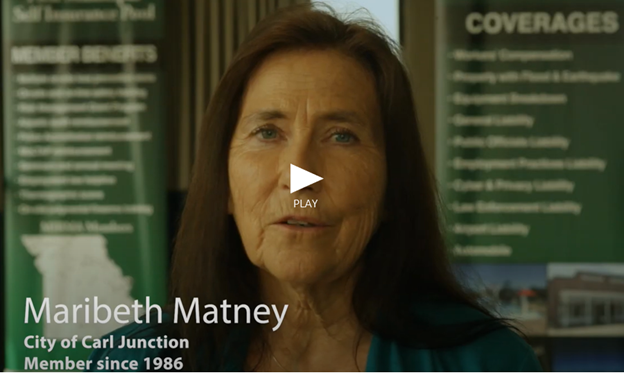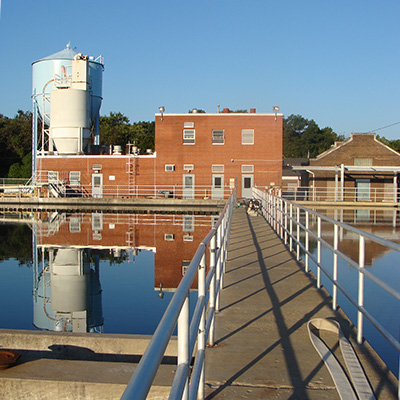
MIRMA is not an insurance company or agency, rather a self-insurance pool, owned entirely by participating members. It functions solely for their benefit.
MIRMA is an incorporated association which establishes a protected group self-insurance program for its members. It provides the most comprehensive uniform property and casualty coverage under one plan available today.
- No broker commissions
- Entirely owned by the members
- Risk Management Awards Grant Program to benefit our members
MIRMA was created in the wake of the instability that existed in the municipal insurance market in the 1970′s as an actuarially sound alternative to commercial insurance. Operations began on July 1st 1981.  Such a program demands an increased awareness of, and responsibility for, loss prevention, and for the prompt correction of improper, hazardous, and unsafe conditions or procedures. Only in this manner can the maximum cost savings be realized.
Such a program demands an increased awareness of, and responsibility for, loss prevention, and for the prompt correction of improper, hazardous, and unsafe conditions or procedures. Only in this manner can the maximum cost savings be realized.
Members’ assessments will be retained by MIRMA to pay losses, purchase excess insurance, pay insurance service fees, and to cover the administrative expenses incurred.
MIRMA is governed by a Board of Directors composed of 10 members which are elected by the general membership of the association. Even though the association is not an insurance company or agency, it is still regulated by the Department of Insurance and the Division of Workers’ Compensation.
In addition to providing a comprehensive package of coverage and limits, MIRMA is designed to be a cost saving device. This is done primarily through long range cost containment features. When MIRMA was initially formed with its 8 charter members, cost savings amounted to $131,500. After over 30 years of operation, the total cost savings has been estimated to exceed $25,000,000, when compared to commercial insurance premiums.
WHAT IS GOVERNMENTAL RISK POOLING?
THE BIRTH OF GOVERNMENTAL RISK POOLS
In the mid 1970′s through the mid 1980′s, governmental entities throughout the United States were faced with skyrocketing insurance costs and in many cases a total lack of availability of insurance at any cost. In addition, these governmental entities found that the commercial insurance companies that were willing to provide insurance, even at astronomical cost, did not provide the risk management services necessary to assist them in improving their insurability.
In response to this crisis, governmental entities began to form coalitions and consortia for the purpose of creating alternatives to satisfy their insurance and risk management service needs. These early pioneers quickly learned that by pooling their resources they could establish programs that would satisfy their insurance needs as well as guarantee delivery of risk management services, without dependence on commercial insurance. It was these early programs that became known as GOVERNMENTAL RISK POOLS.
GOVERNMENTAL RISK POOLS ARE:
- Non-profit organizations
- Owned and operated by their members
- Responsive to individual state laws, regulations and member needs
- Actuarially sound and evaluated annually
GOVERNMENTAL RISK POOLS PROVIDE:
- Consistent availability of coverage
- Competitive and stable prices
- Equity interest in surplus
- Risk management services designed for governmental entities
GOVERNMENTAL RISK POOLS TODAY
Today, governmental risk pools have grown in number to some 500 nationally, generating an estimated $6 billion in annual premium. The accomplishments of governmental risk pools in terms of advantages, benefits and services clearly sets them apart from other sources of coverage and services available in the commercial insurance industry and establishes them as catalysts in governmental risk management.
GOVERNMENTAL RISK POOLS IN THE FUTURE
Although the crisis conditions that existed in the 1970′s and 1980′s substantially diminished during the 1990′s and 2000’s, it must be kept in mind that governmental risk pooling is a long-term management strategy. It is not a “quick fix” for governmental insurance pricing problems. The full benefits of participation in a governmental risk pool are not fully realized for several years.
These benefits result from a member’s equity interest in the pool’s surplus as well as the impact of good training, education and implementation of changes based on sound risk management principles. The simple purchase of insurance is a pre-management strategy, void of risk management principles, dependent upon conditions existing in the insurance market. Therefore, a governmental risk pool’s future success will be largely dependent upon the commitment of its members to support it on a long term basis.

HOW DOES MIRMA FUNCTION?
With the exceptions of Cyber Liability and Airport Liability, MIRMA pays the majority of member claims from a central loss fund.
In addition to MIRMA’s self-insured retention limits, excess insurance and reinsurance is purchased annually from carriers.
MIRMA purchases fully insured group policies to provide Cyber Liability and Airport Liability coverage for its participating members.
MIRMA distributes the cost of the program to its members in the form of annual assessments. The assessments are based on a rate per $100 of annual payroll reported by the member. This rate will be sufficient to cover the total of the following costs:
- Loss Fund
- Excess and Reinsurance
- Insurance Service Fees
- Administrative Expense
- Cyber Liability Premium
- Airport Liability Premium
Any surplus loss related funds and interest revenue that are not needed to pay claims, or establish claim reserves are distributed to the members on a pro-rata basis as credit against future years’ assessments. This is important because many claim reserves must be maintained and invested for several years before all claims are settled or the statutes of limitation expire.
